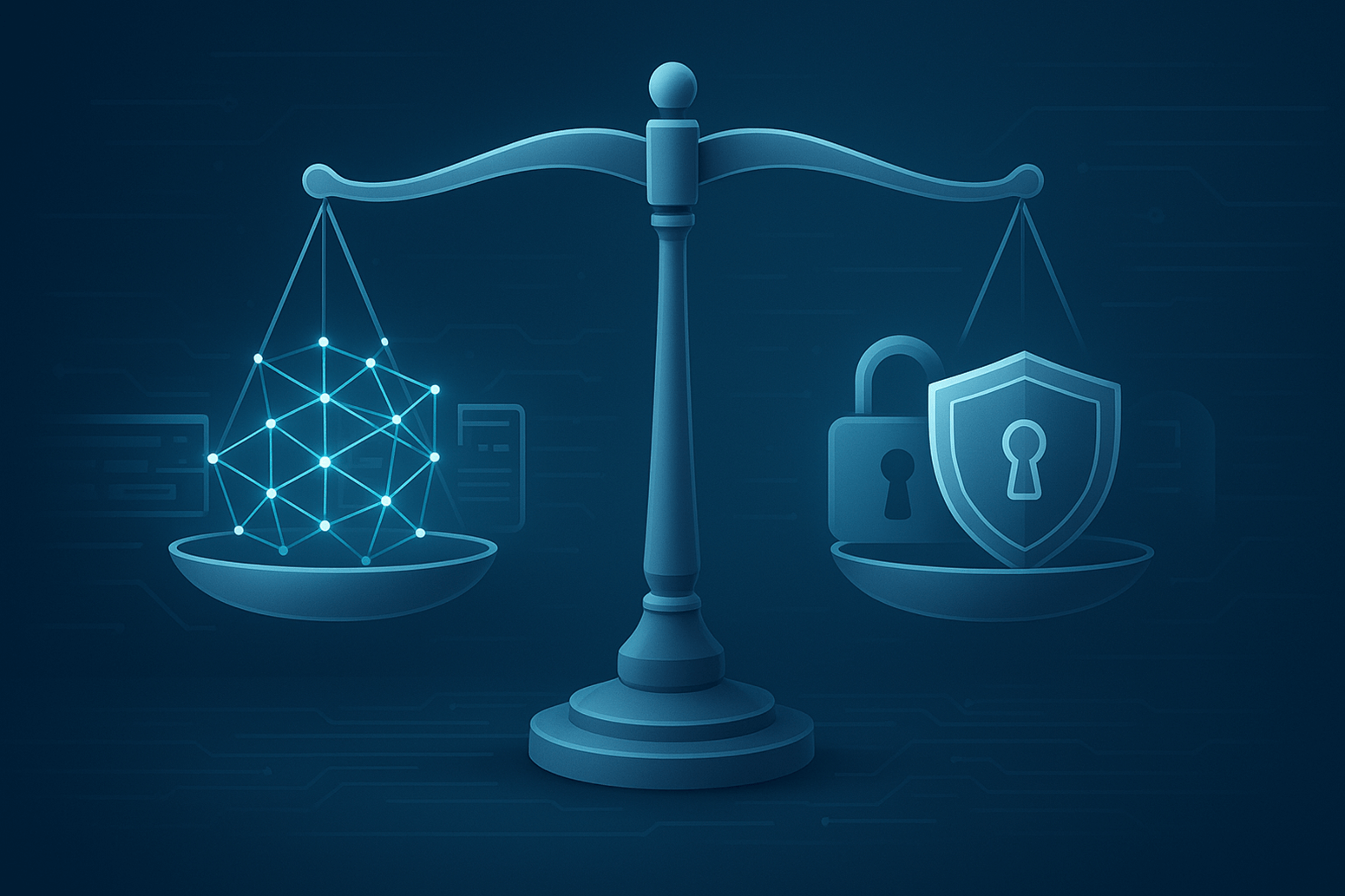As 5G continues to spread, with great value noticeable in the high speeds it provides, leveraging it for one’s purposes only seems natural. Doing this regardless of level requires the acquisition of private 5G networks, according to UCtel. These are more secure than the public alternative, while also possessing all of the functionality. This, however, is only about as basic of a description as you can get and so a lot more needs to be covered.
Luckily, let’s examine these networks from a fundamental level. This will allow us to see what they are, who’s using them and why they may surpass some alternatives.
What it is and the role of frequency spectrum acquisition
Understanding private 5G needs one to know how the whole process of releasing frequency works. MNOs acquire frequency spectrum from the government, which has a limited amount of it available. This is then what these operators use to power their networks, which are available to their customers. The thing is that only these operators can pull such an endeavor off because acquiring frequency spectrum is difficult and expensive.
This was the case, of course, until 2015, when the US telecommunications regulatory body, the FCC, unveiled the CBRS, which made acquiring frequency spectrum a lot easier. This newly found accessibility is what can allow for the existence of a private 5G mobile network, which is a business, or singular entity’s purchasing, or renting of its frequency spectrum. This will then be used for its purposes, according to what it requires.
Mode of operation
The reason getting frequency spectrum is so expensive has everything to do with the complex equipment that is used to run it. Said equipment includes the following:
- Radio units, which help quicken communication between cell devices
- Distributed units or DUs, which give control functions and radio processing for the component of a 5G RAN
- Central Units or CUs, which provide control functions and centralized processing for the same thing as DUs
Diverse deployment paths
Because of the advent of the CBRS, vendors have made getting private 4G/5G networks easier by essentially simplifying the equipment used to deploy it. This deployment is usually done in a few ways, which are:
- Entirely owned, which means that all equipment and tools are possessed and managed by the entities in need of the private 5G networks
- Hybrid versions, in which the equipment is rented from another entity and the network is partially hosted by a cloud service
- Sliced versions, in which the wireless network infrastructure is virtualized and the network is logically divided into slices that each have their use
As stated earlier, these networks are very much akin to their public alternatives, with the same bands used. Endpoints with cellular capabilities are a must and through SIMs, the network’s linked to, thus allowing for controllable, exclusive access. Much like Wi-Fi, these networks operate on a Local Area Network (LAN), in which all devices it’s linked to can communicate.
Why have it?
This technology’s private nature makes it so that only those in control of it can allow access. This makes it more secure; a security that’s only heightened by elements of encryption, network slicing and authentication. This, while it is the main reason to choose private 5G networks over an alternative like the public one, is not the only benefit one sees from attaining this tech.
Another major advantage seen is the speed that they provide. This of course is accompanied by a deal of latency and overall reliability that can rival the most current Wi-Fi versions. Coverage is an area that this tech can beat Wi-Fi.
Challenges in setup: cost and complexity
Now, if you’re going to reap these benefits, you need to be aware of some of the challenges that come with setting these networks up. The most obvious of these is that despite being cheaper to attain post-2015, the networks are still on the expensive end, especially concerning Wi-Fi.
Then, there’s the relative complexity that one faces when running the networks, which is much higher than if they used Wi-Fi. To run such networks, you’ll need the necessary expertise to set them up, develop and maintain them, a feat that’s not exactly easy.
Finally is the issue of the region in which you’re in. Every region that allows for the use of spectrum privately should have some form of regulations set for them. So, it’s important to know these before moving on to anything else.
Target industries and sectors
Based on the above benefits, as well as potential drawbacks, the networks in question can realistically apply to certain spaces. To get it out of the way immediately, none of these are in any way singular residences, so you should get the idea of acquiring a 5G network out of your head. Yes, while promising significant benefits for industries like IoT and AI, 5G adoption also presents challenges, requiring substantial investment and coordinated efforts among governments, regulators and network operators.
However, if you are a larger space that’s a part of industry or similar use, this is the thing you need. Owing to their speed, coverage, reliability and security, below are a few places that could use a private 5G network:
- Universities and learning centers
- Factories and warehouses
- Buildings that have IoT (Internet of Things) capabilities
- Healthcare centers like hospitals
- Massive spaces for entertainment like stadiums and arenas
Final thoughts
Having gone through some of the basics of the topic in question, it’s only fair that we take a bit of a second look through the eyes of someone seriously considering getting these private networks. Granted, the private 5G networks are very much beneficial in terms of security and coverage, but the catch is that only those with the capital and some expertise can benefit from them. This is actually despite the progress made in this space after 2015.
Those who can get one definitely should, as the expense will grant you a lot of productivity. Otherwise, you can go no wrong with Wi-Fi, which will help you in a lower capacity and thus is perfect for SMEs.












